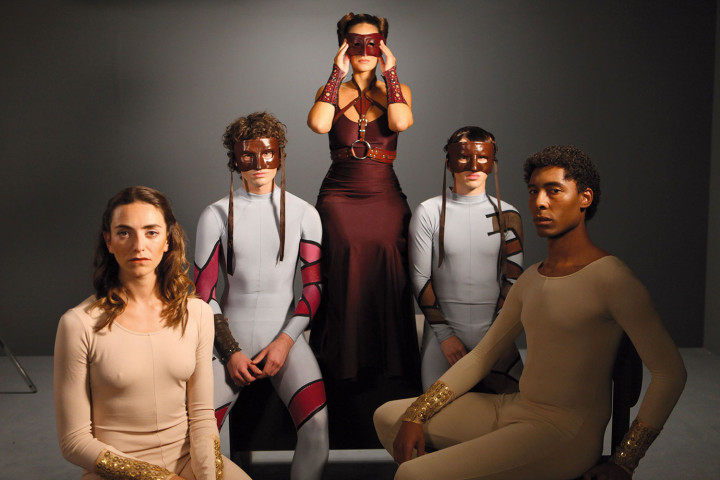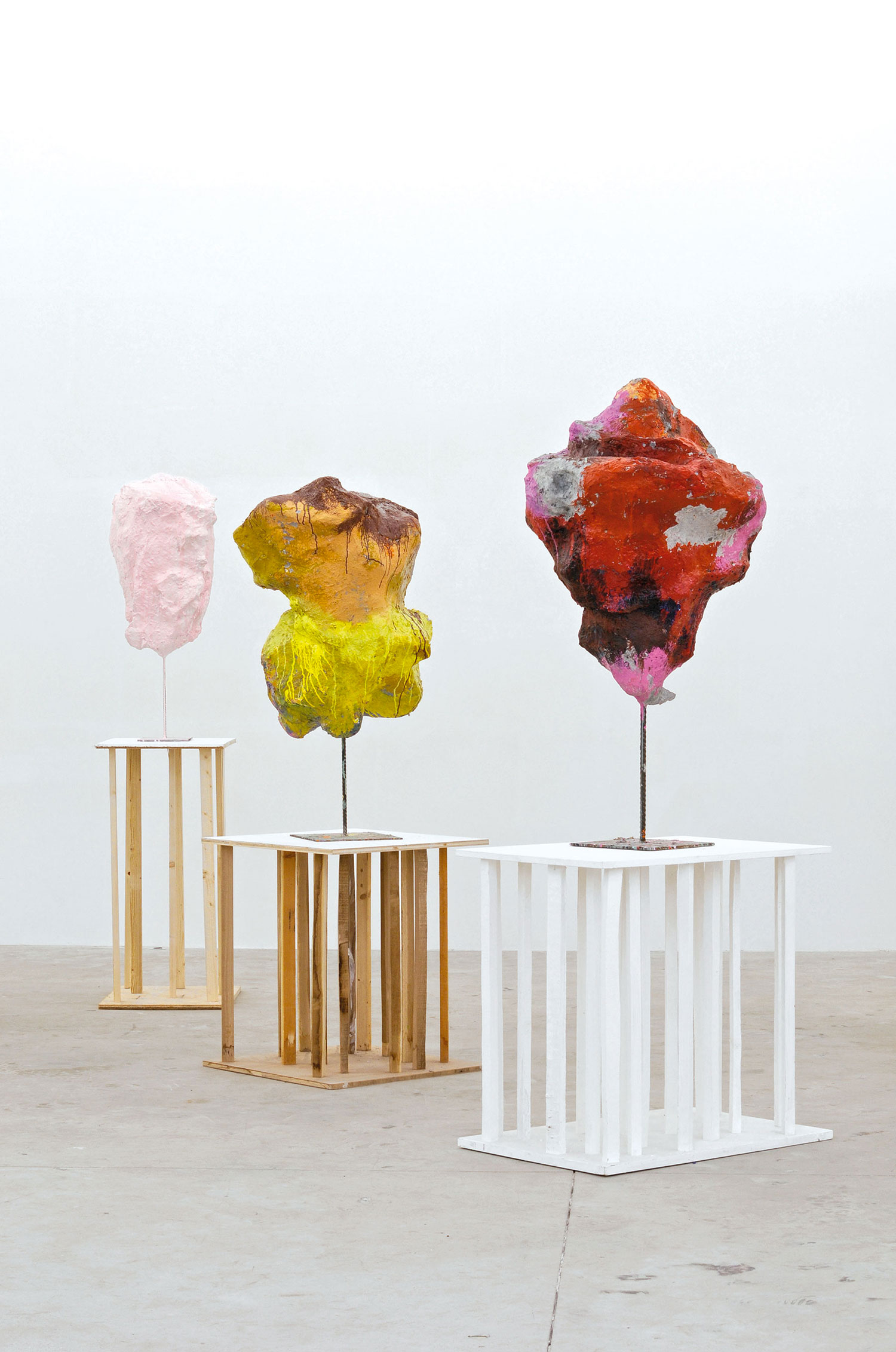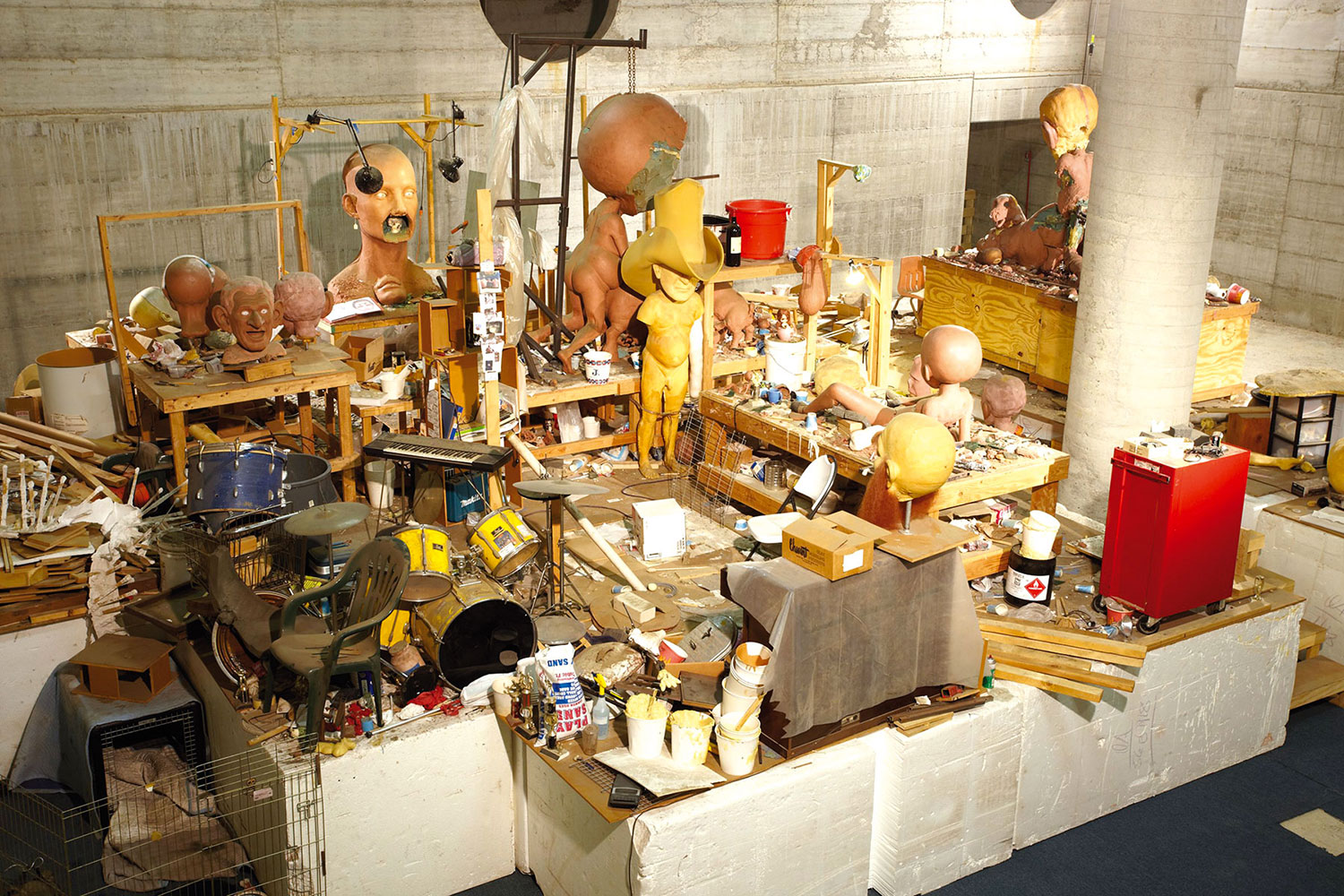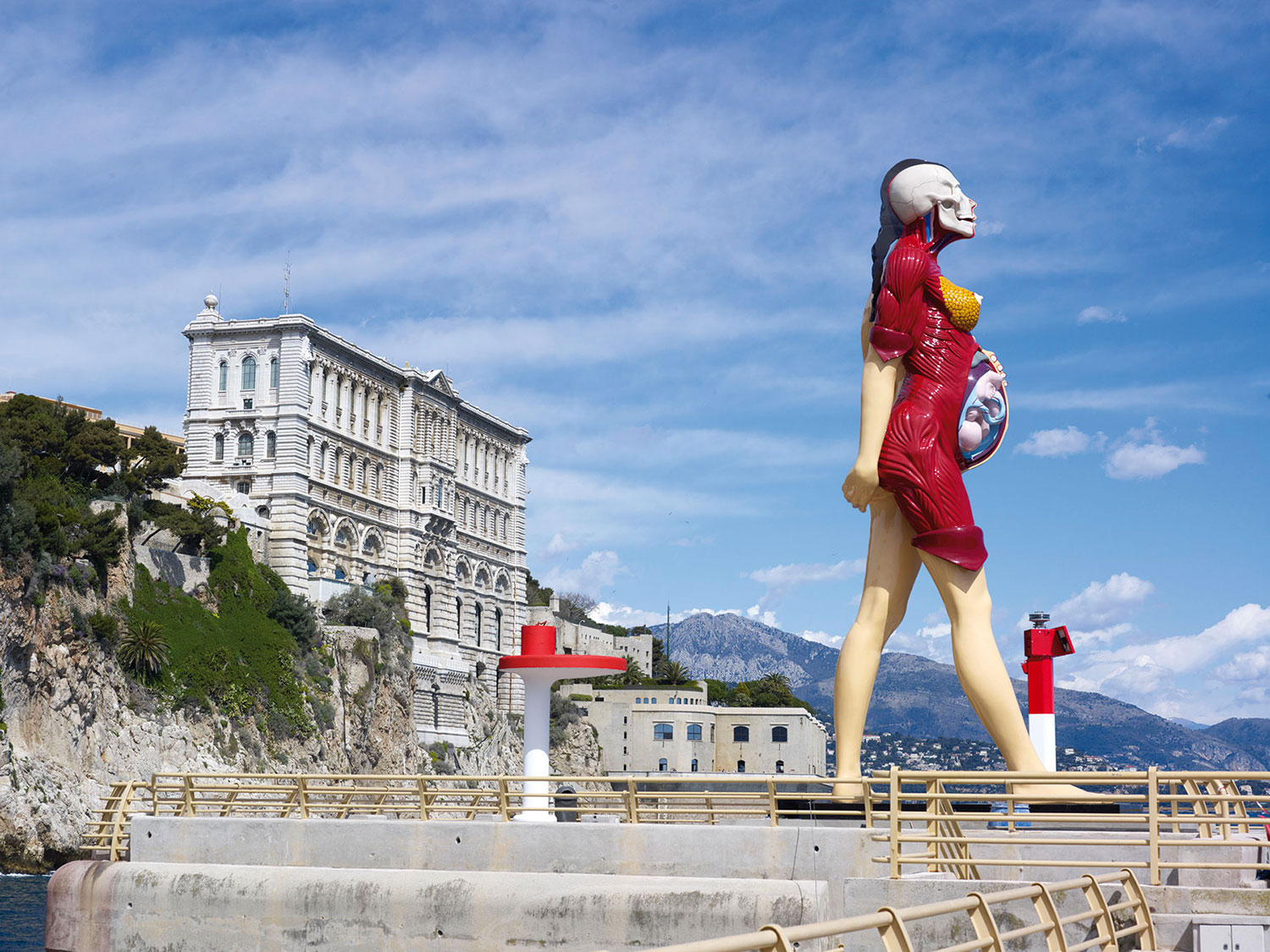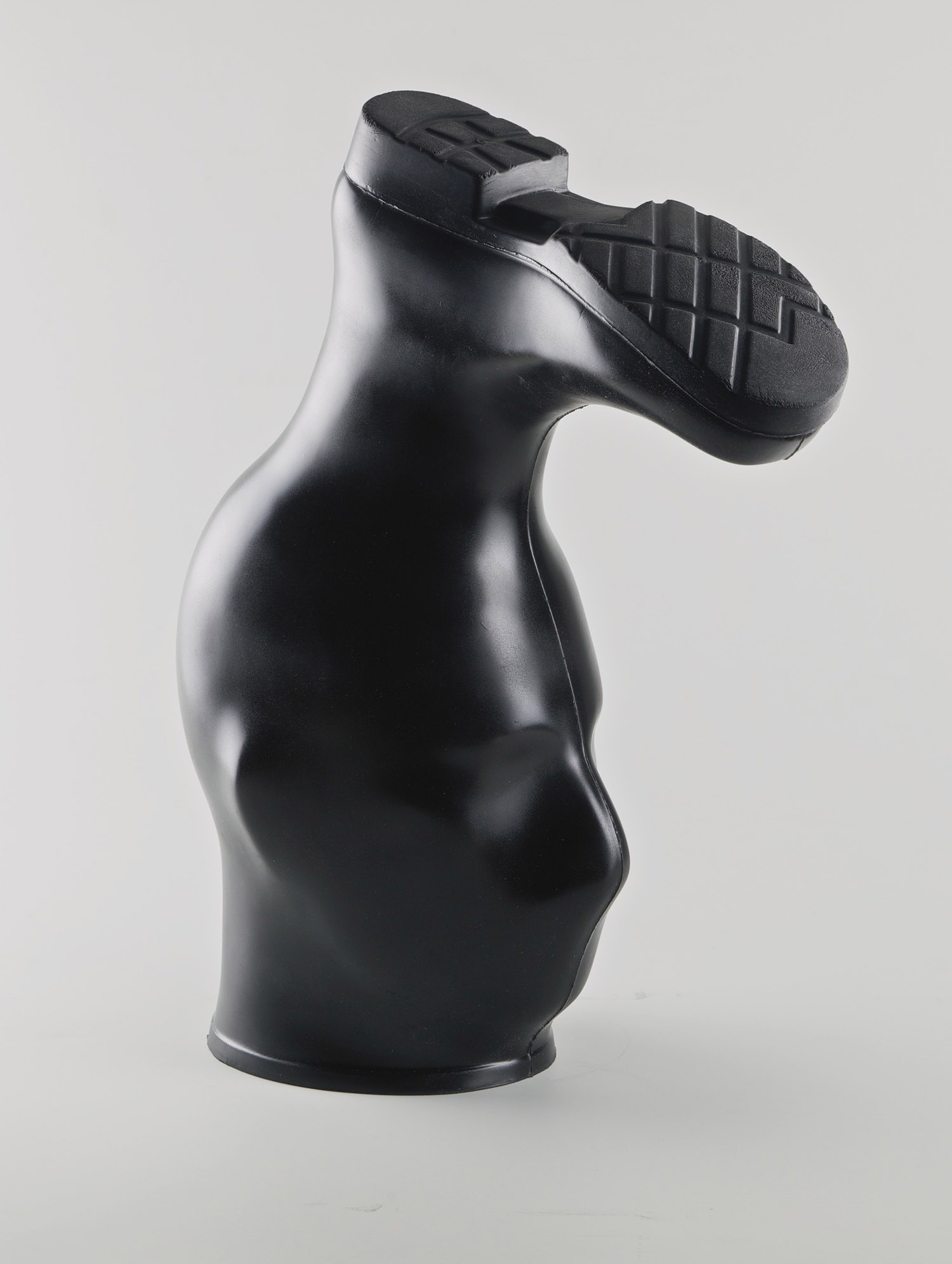
Annette Amberg: Your earlier films reflect on the relationship between the camera’s gaze, female protagonists and architectural spaces, as well as the production of imagery and its relation to the past. Can you tell me about your new film, Last Hours of Ancient Sunlight (2010)?
Ursula Mayer: In my recent body of work I was looking in an analytical way at the medium of film and its promises by paying particular attention to the issues you just mentioned. One of the starting points of Last Hours of Ancient Sunlight was Pasolini’s film Medea (1969). I was interested in this semi-historical film and its contemporary reading. It is a sort of meditation on ancient literature and its comparison to the imperialistic dreams of humanity and downfalls of society.
AA: Both dance and cinema are time-based disciplines that start from a ‘script’ and involve a process of translation. Is this the basis of your shared interest in the two mediums?
UM: I am interested in cinema and dance as kinetic and time-based art forms that allow time to unfold through movement. I always liked the way artists such as Yvonne Rainer and Maya Deren explored this interest. In two of my recent films I used dance as a ‘script.’ One of them, Memories of Mirrors/Theatrical Personalities after Mary Wigman and Madam d’Ora (2007/2008), restaged the choreography of early dance pioneer Mary Wigman in order to expose the structuralist/materialist cinematic ideas behind it. In Ancient Sunlight the dance choreography is used as a meta-script. I worked with a double projection in order to emphasize the process of translation of images: the static marble relief is translated into a scripted play, a dance performance and a color sound piece, and vice versa.

AA: When did you start to introduce sculpture in your work, and how do you define your use of objects — originals as well as re-made iconic works of the avant-garde such as the fur cup [Object, 1936] of Meret Oppenheim — both in your films and as independent sculptures in the exhibition space?
UM: When I re-make iconic art works like Oppenheim’s they are used for props in the film only. The combination of accurate remakes and the use of 16mm film give the work an archival look and opens up the space for ambiguous reconstructions of past imagery.
AA: One of the protagonists in Ancient Sunlight states: “We need to recreate … stimulate our imagination … it might be meaningless but there is an urge to perform a ritual.” The viewer becomes part of the enigmatic play between introspection, a call for action, and a ‘conspiracy.’
UM: In my films I use text to expose fictional illusion; I don’t allow the audience to forget that it is viewing a play of sorts. The process of filmmaking or acting is always laid bare. The actions of the dancers are described by the narrators at the same time as they are performing them. In the final edit the chronology is broken up again into a recursive cyclical structure. I have a fascination with this kind of meta-fiction, something that you could find in the work of Robbe-Grillet or Borges.

